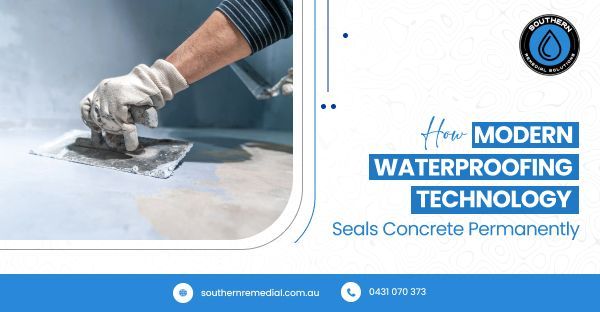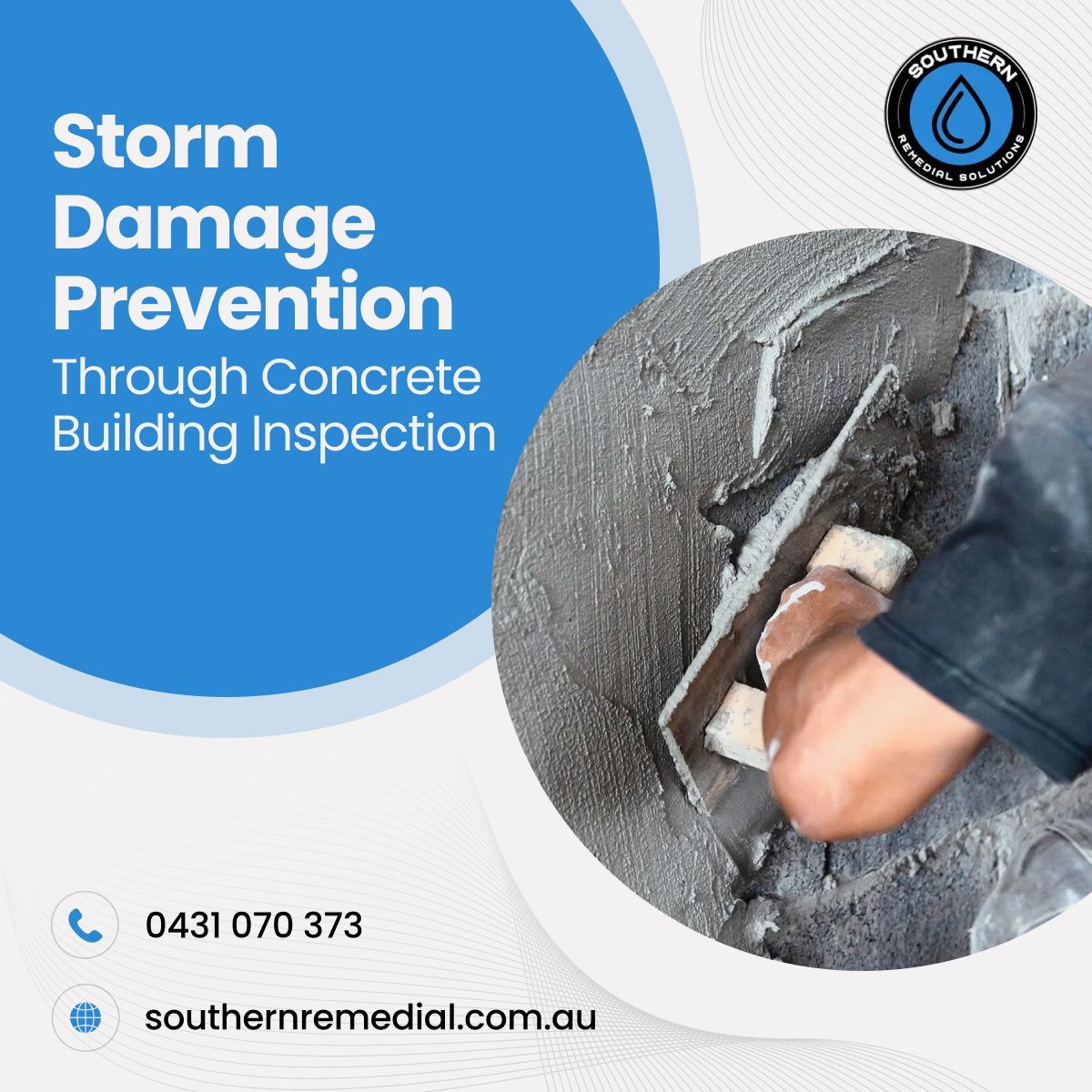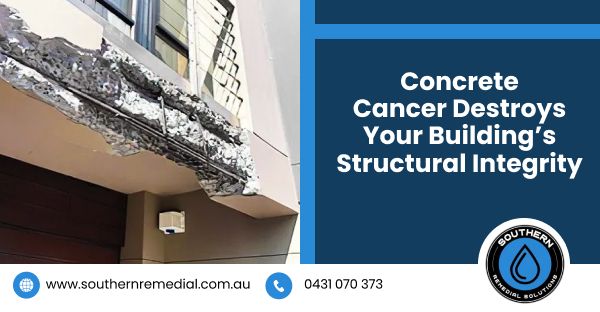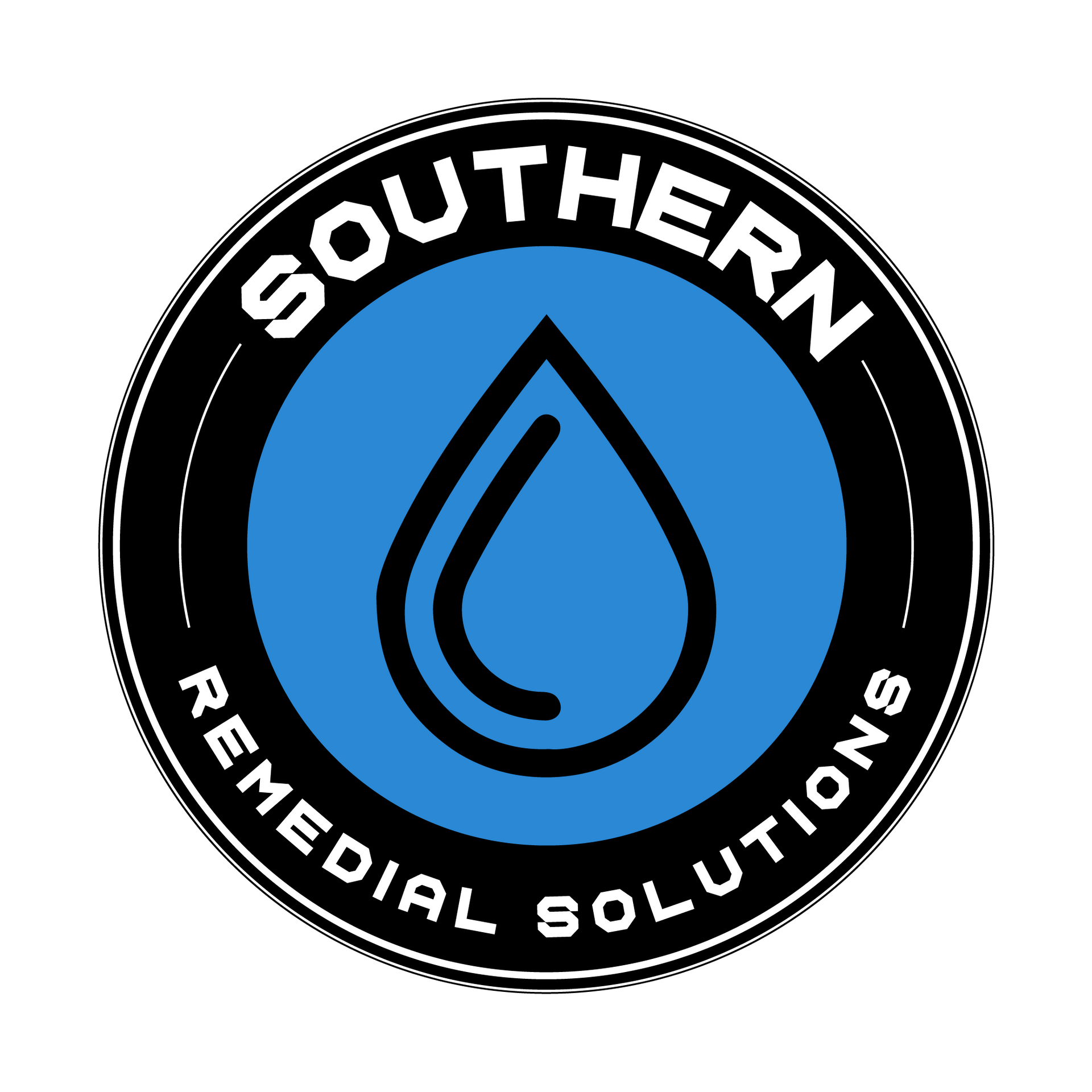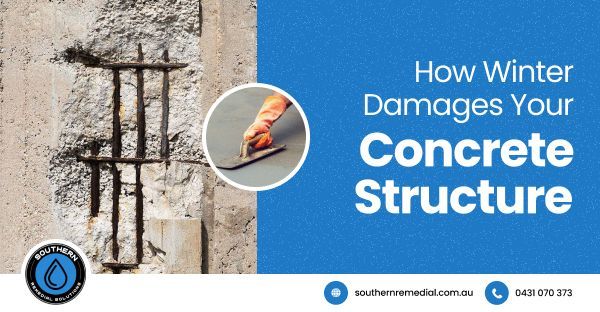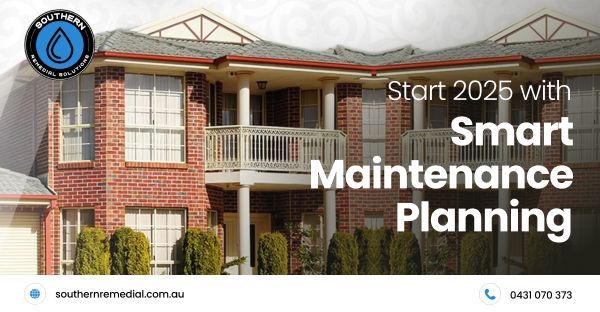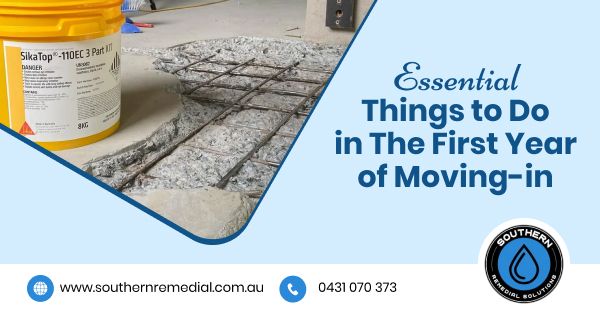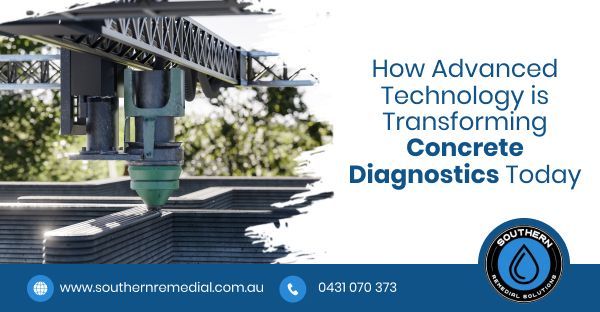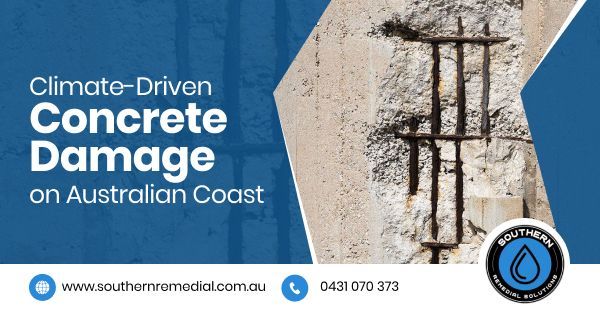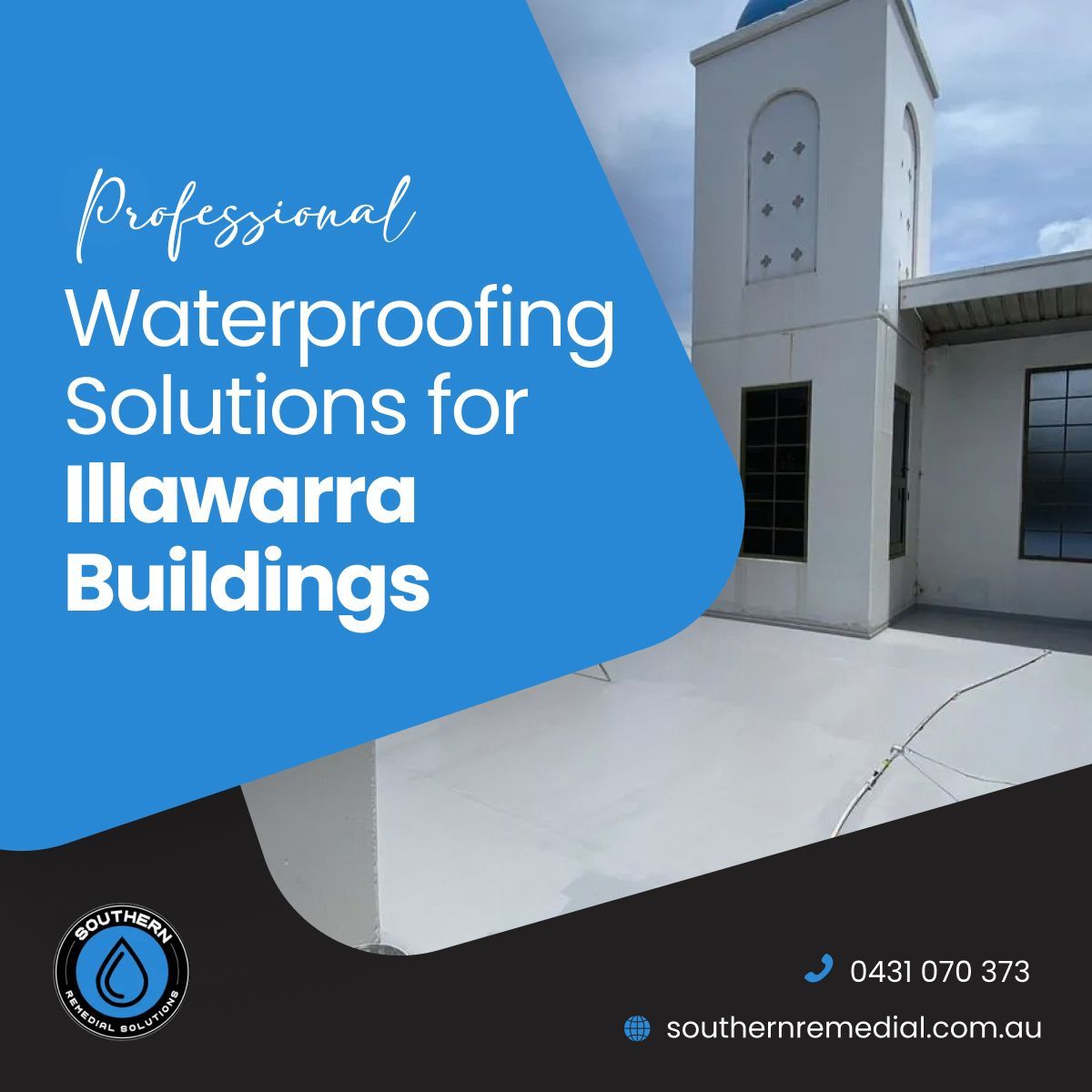What Does Remediation Works Mean in Construction?
Are you in the process of restoring a deteriorating concrete structure? Perhaps you want to ensure the structural soundness, longevity, and performance of your existing building property? Whether your aim is preservation or enhancement, concrete remediation is the ideal solution for you. Beyond the surface cracks, concrete remediation addresses the core structural issue.
In this blog, we will delve into the foundational principles of concrete remediation, the types of damage it can rectify, and the array of solutions it offers. Moreover, we will thoroughly examine the advantages of remedial work in comparison to replacement. So if your priority is to guarantee safety, enhance durability, and extend the lifespan of your structure, read this blog to get insights on the comprehensive solution you need.
What is concrete remediation?
Concrete remediation refers to the process of treating damaged concrete in order to restore the structural integrity, durability, and appearance of concrete elements in a building's structure. This typically includes a thorough evaluation of the existing concrete, determining the causes of any problems, and implementing appropriate repair or restoration methods to bring the structure back to its durable condition.
Concrete remedial work is a crucial process in maintaining the long-term performance and safety of concrete-based infrastructure. It is By addressing structural issues promptly, further deterioration can be prevented. Some of the solutions undertaken in a concrete remediation include repairing cracks, waterproofing, leak sealing, concrete crack injections, spalling repair, and more.
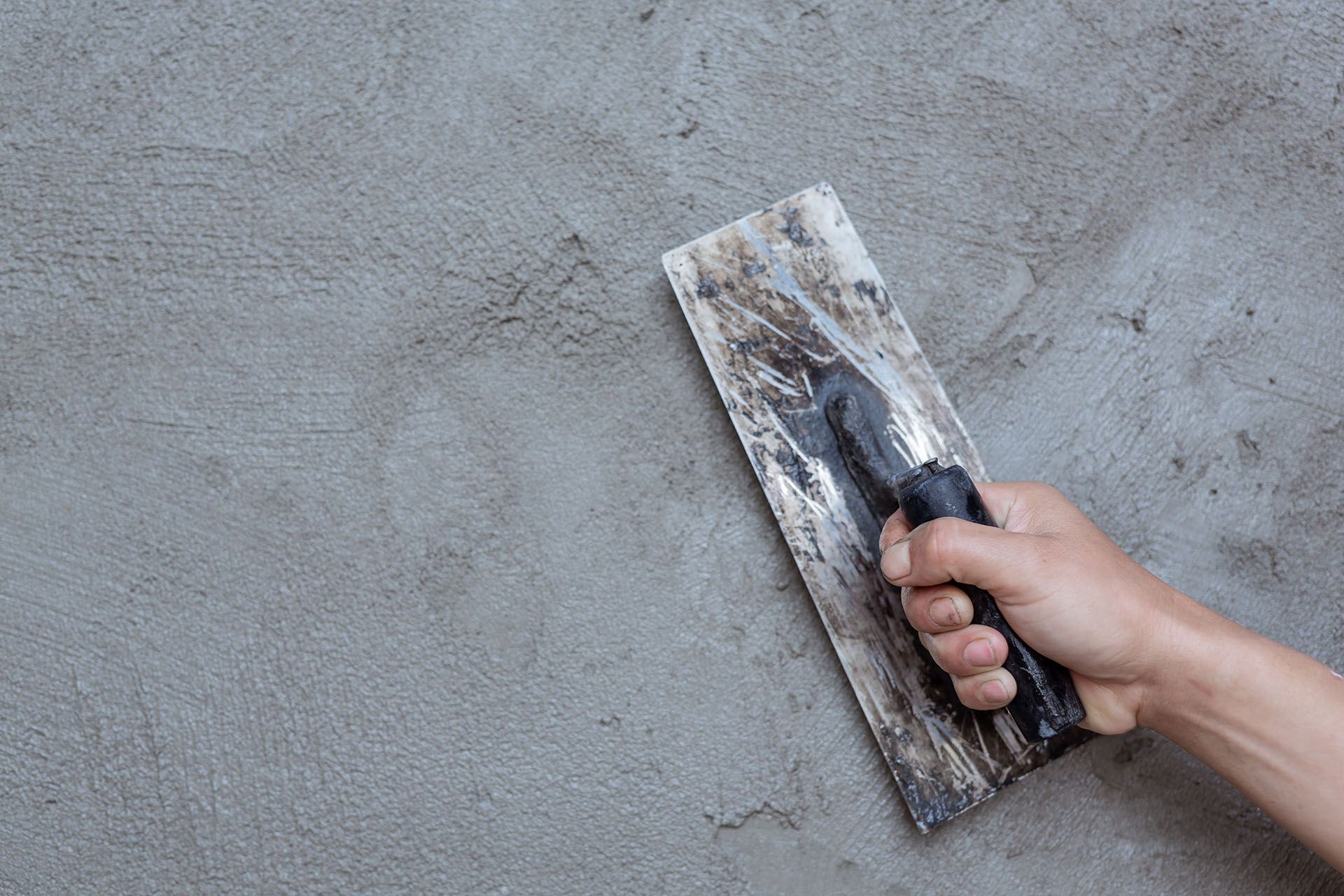
What kind of damages are addressed in remedial works?
Concrete remedial works repair a wide range of damage or issues that can affect concrete structures. These structural issues may include:
- concrete cancer
- efflorescence
- weather damage
- water ingress
- concrete cracks
- sunken or uneven concrete
What concrete solutions are provided by remedial work?
Remedial work offers a range of concrete solutions that are designed to address various issues and enhance the performance and longevity of concrete structures. These solutions include:
- Inspections
- Structural Repairs
- Concrete Repairs
- Concrete Joint Repairs
- Concrete Spalling Repair
- Crack Injection & Crack Repairs
- Render Repairs
- Rising Damp Treatments
- Waterproofing & Weatherproofing
- Protective Coatings
- Cavity & Flashing Repairs
- Brick Stitching
What advantages does remediation offer compared to replacement?
Here are some of the advantages that remedial works provide compared to replacement.
Cost-Effective
Since remedial work only repairs the damaged parts of a concrete structure, it is generally more cost-effective than replacement. It not only minimises expenses on materials and labor but it also reduces waste and project complexity. This targeted approach results in a shorter project timeline, fewer unexpected costs, and a lower risk of budget overruns. By choosing remediation, you can extend the life of the existing structure while allocating your resources wisely.
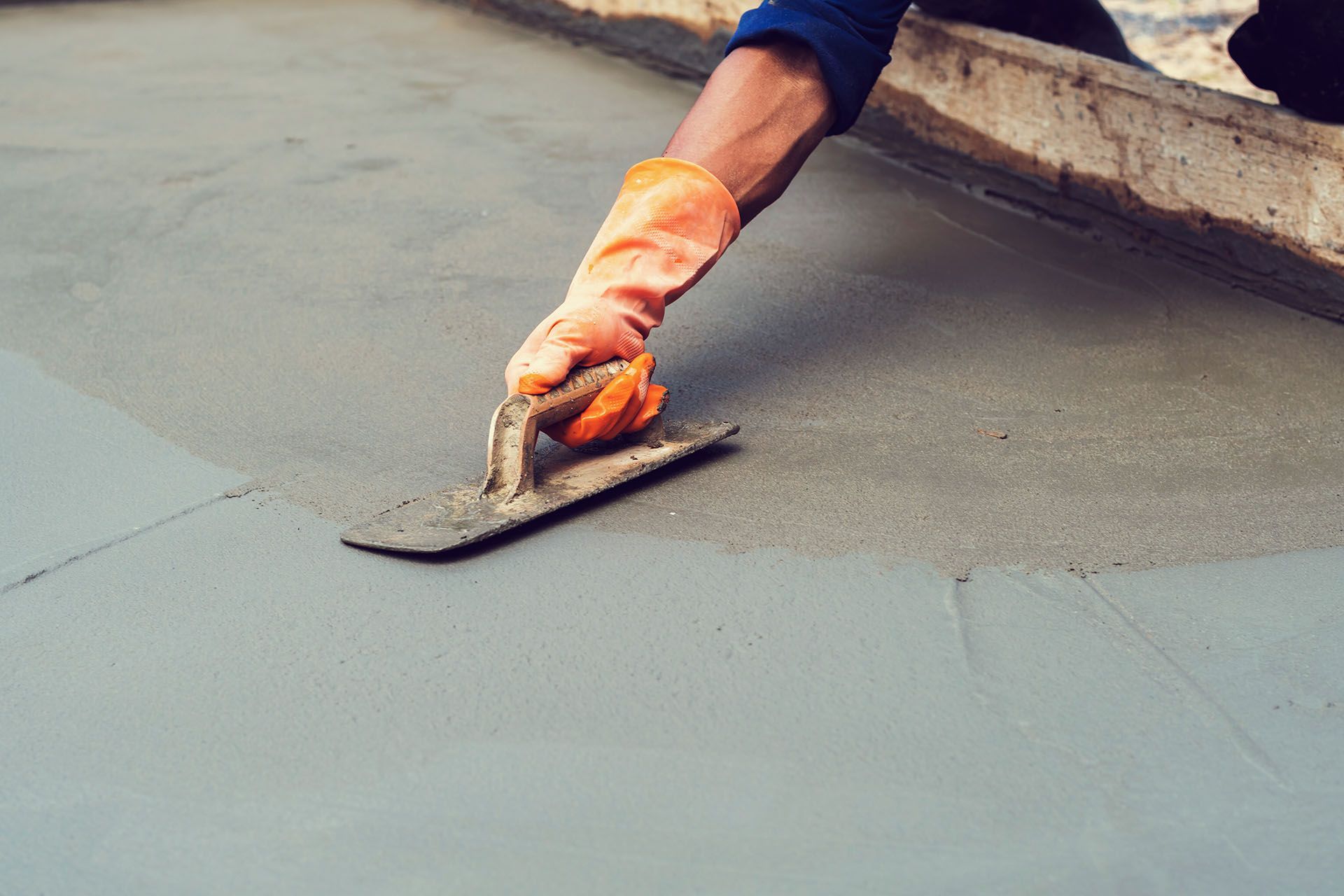
Time Saving
While concrete replacement may look like the most comprehensive solution to structural issues, it is a time-consuming process. The demolition of the existing building followed by the construction of an entirely new one significantly takes a long time to finish. On the other hand, remedial works only address the damaged portions of the concrete structure. By any means, remedial work is generally more time-saving than replacement.
Sustainable
Remedial works are generally more sustainable than replacement because they accumulate less waste and have a lower environmental impact. Instead of completely overhauling the structure, remediation optimises the use of existing materials and minimises the need for additional resources. This promotes responsible environmental practices and aligns with sustainable construction and maintenance principles.
Curb Appeal
Preserving the original architectural and aesthetic features of a concrete structure is another advantage of concrete remedial works. Significantly, remedial work addresses specific issues while retaining the majority of the existing concrete. This allows you to maintain the structure's visual appeal while making it more visually pleasing and consistent with its original design. In contrast, full replacement may result in alterations that can diminish the aesthetic charm and historical value of the structure, potentially reducing its curb appeal.
Improved Safety
Unlike concrete replacement, which involves the destruction of the entire structure, concrete remedial work minimises safety risks associated with demolition and construction. The selective repairs in remediation allow for better control of potential hazards during the project. This reduces the likelihood of accidents, structural instability, and environmental hazards caused by the removal and disposal of existing materials. The precision and reduced project complexity of concrete remedial work contributes to a safer and more controlled work environment which ultimately enhances safety for both workers and the surrounding community.
Takeaway
Concrete remediation is critical for preserving a concrete building's strength, appearance, and overall efficiency. It not only deals with visible issues like cracks but it also tackles underlying structural problems that may compromise the safety and functionality of the structure. By addressing these concerns, concrete remediation not only stops further damage but also prolongs the structure's life, reducing maintenance and replacement expenses in the future.
At Southern Remedial Solutions, we specialise in concrete repairs and remedial works for both residential and commercial structures. With years of experience in the concrete repair industry, our team ensures the durability and safety of your structures using industry-leading technologies. Whether it's minor discolouration issues or more serious concrete remedial work required, our tailored remediation services are designed to address your repair needs effectively. Contact us today to book an onsite inspection.
